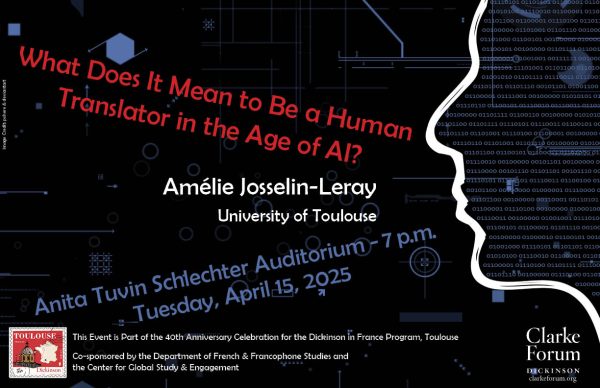The Myth of the “Safe” and “Open” Space
Before I ever heard the term “safe space” used in a politically charged way, I assumed that all spaces were “safe”. Not safe in the “nothing will ever go wrong here” sense, but assumed safe because they all fell under the same governing body and institutional rules. So if a particular area felt unsafe, it was because of the actions of the individuals who occupied it, not the governing body that presided over it, and therefore was not an “unsafe” space at all, but a neutral space occupied by threatening individuals.
I now realize that, in the eyes of many, when an individual does or says something that makes someone else uncomfortable, the blame for that individual’s actions not only extends past himself and into the physical space that he occupies, but to everyone in whatever racial/ethnic group he belongs to, and finally, to the entire governing body responsible for presiding over the space in which he committed the offense.
“I got called a racial slur as I was walking down D-walk,” reads one of more than 70 posters that were recently hung up on the walls of the HUB. Another poster describes how international students were told (by an unidentified source) that they couldn’t sit at “’the jock table’” “because they were international students.” And yet another attributes this quoted phrase to “white girl in my first year dorm”: “’do you know why there are so many Latinos in this country? It’s because we hire them to mow our lawns.’”
It’s obvious that the common denominator among these scenarios is the reprehensible, rude and racist behavior exhibited by certain students. What’s less obvious is the fact that none of these students are specifically identified. Furthermore, in two out of three instances, rather than ensuring personal accountability by providing names of the offending students, those who wrote the posters refer to the individuals by generalizations; in one instance, associating the offenders with a social group (“the jock table”), and in another, a racial and gender group (“white girl”). In other words, the words on some of these posters contribute to the same misleading stereotyping (based on definition by race, social group, and gender, among other factors) that they purport to rail against.
This contributes to the creation of an environment in which the merit of someone’s words are judged, not by their content, but by the gender, sexual orientation, skin-color, and groups with which the speaker associates. “Someone once told me that I wasn’t black enough to have an opinion on the Mike Brown Killing,” says one poster which is signed “-multiracial student”. Not only does this poster illustrate the occurrence of a ridiculous pre-judgment of a student’s opinion based on an insubstantial factor, but it shows that this way of thinking is so pervasive that even the very student whose opinion was stifled felt the need to define him/herself by race (seemingly) to justify the validity of expressing an opinion on the killing of Michael Brown. The fact that being black (or any other race, gender, ethnicity, etc) is considered a precursor to openly expressing an opinion in any instance, seems to violate the very idea of a “safe” “open” space.
Still, while most posters assert the idea that race does not define the individual (“My race is a part of who I am, but it does not define my entire existence”), many ironically ask that Dickinson administrators create spaces designated solely for specific minority groups (“create a space for [biracial] people. We have a voice too.”or “more spaces for people with mental illness”, “more dialogue for people in different minority groups”). To me, it seems counterintuitive that those who ask not to be defined by race simultaneously wish to be divided by space.
“It is Dickinson’s DUTY to its students to make sure that everyone feels safe regardless of their identities,” reads one poster. If this is so, I pity the administration for having to wrestle with the incompatible ideas of “safe” and “open”, in attempts to satisfy a group whose requests are too contradictory to ever be satisfactorily met.



